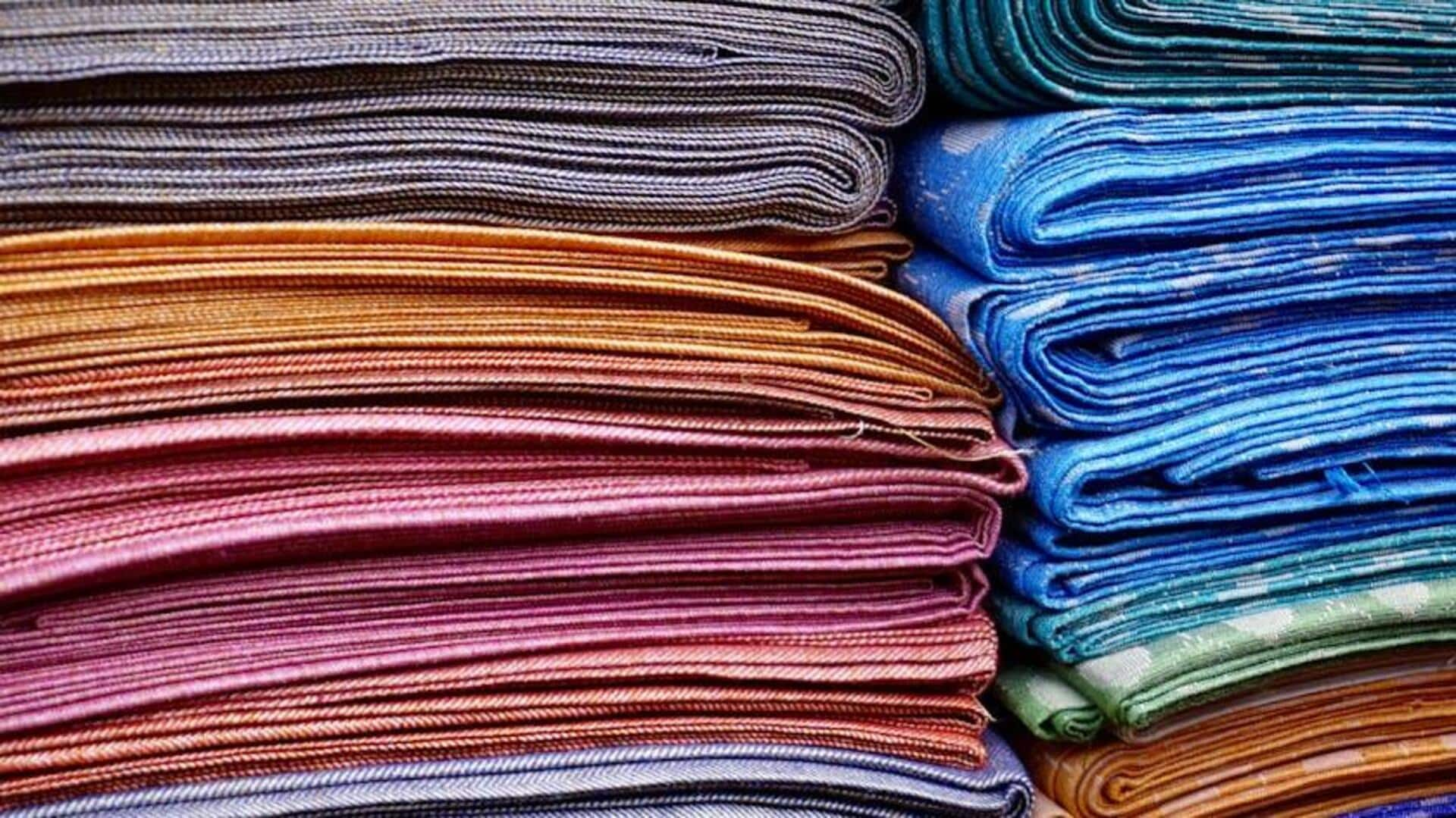
The rise of sustainable fashion in Africa
What's the story
African designers are revolutionizing the space of sustainable fashion. By working with green textiles, they are not just advocating for sustainable practices but also giving a glimpse into the continent's rich cultural heritage. Using innovative techniques and materials, these designers are creating eco-friendly clothing that would appeal to a global audience. Their efforts show how Africa can be at the forefront of sustainable fashion, with unique perspectives and solutions.
Natural fibers
Innovative use of natural fibers
Many African designers are also leaning towards natural fibers like cotton, hemp, and bamboo. These fibers are biodegradable and less harmful to the environment than synthetic fibers. By using locally sourced materials, these designers also contribute to local economies and minimize carbon footprints from transportation. This not only benefits the environment but also keeps traditional textile-making techniques alive.
Upcycling
Upcycling and recycling techniques
Upcycling is also becoming popular among African designers who convert discarded materials into new garments. This not only reduces waste but also encourages creativity in design processes. By recycling old fabrics or repurposing items like plastic bottles into textiles, the designers contribute to a circular economy model which minimizes the consumption of resources.
Dyeing processes
Eco-friendly dyeing processes
Traditional dyeing methods usually require harmful chemicals which can pollute water sources severely. However, some African designers are leading the way with eco-friendly dyeing processes. They use natural dyes from plants or minerals, providing a sustainable alternative. Such eco-conscious choices not only drastically reduce pollution levels but also keep their textile creations' vibrant colors intact, proving that they can be responsible too.
Community empowerment
Community empowerment through fashion
African designers' sustainable fashion projects also tend to be community-led. They enhance livelihoods with textile production skill programs, such as weaving and sewing workshops for women's cooperatives in rural areas. These efforts stimulate economic growth within communities, forming self-sustaining ecosystems and resulting in more independence for locals involved.